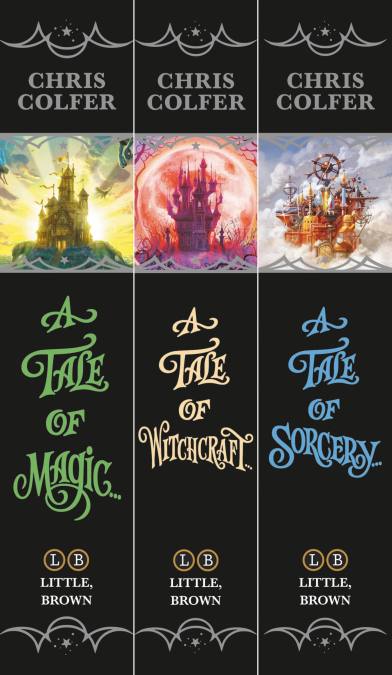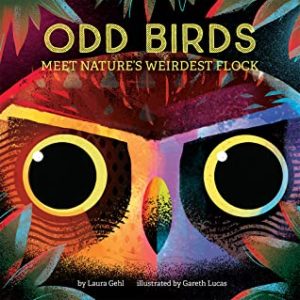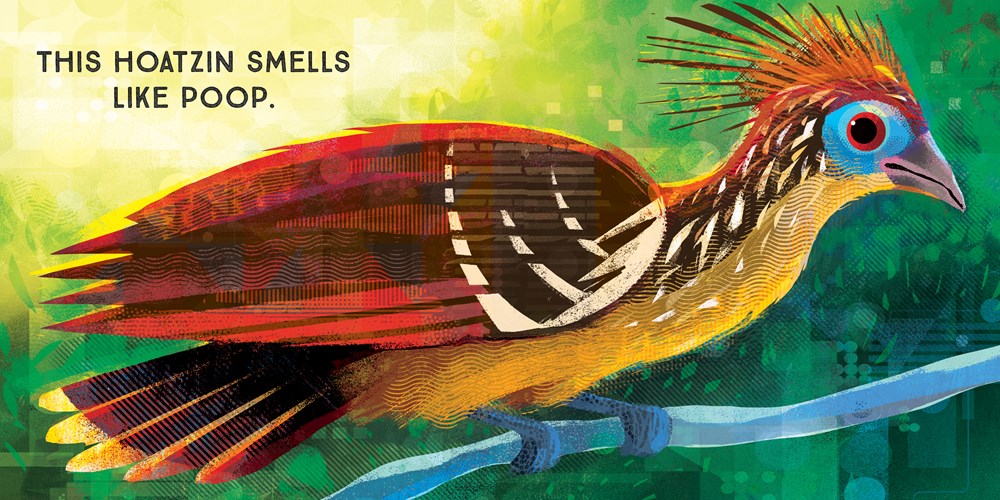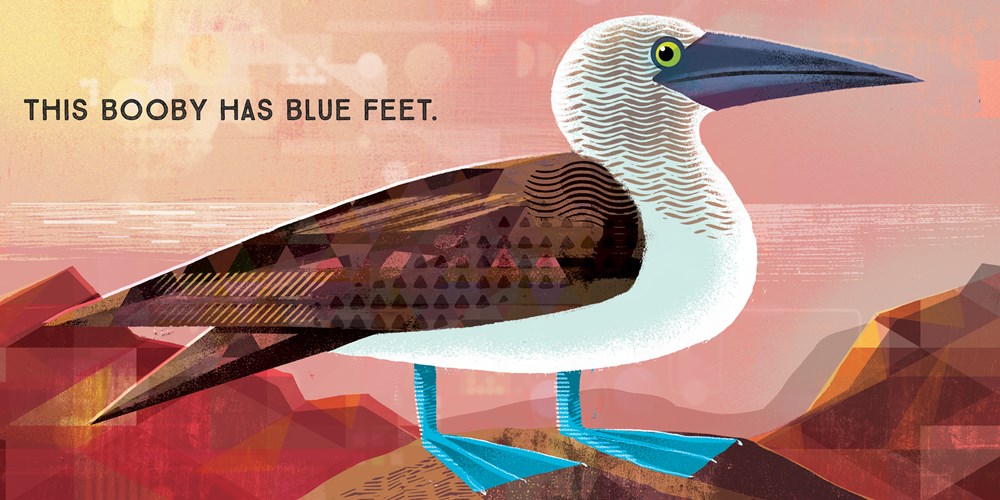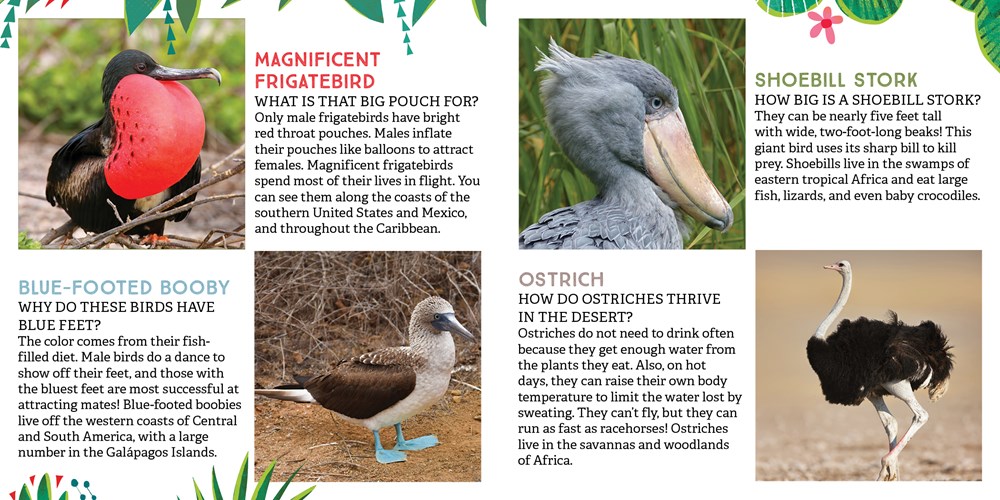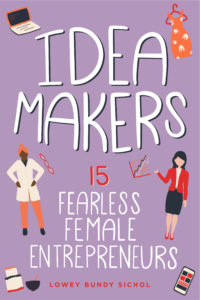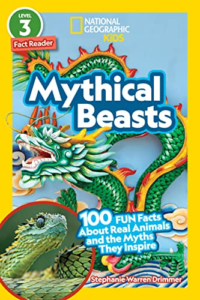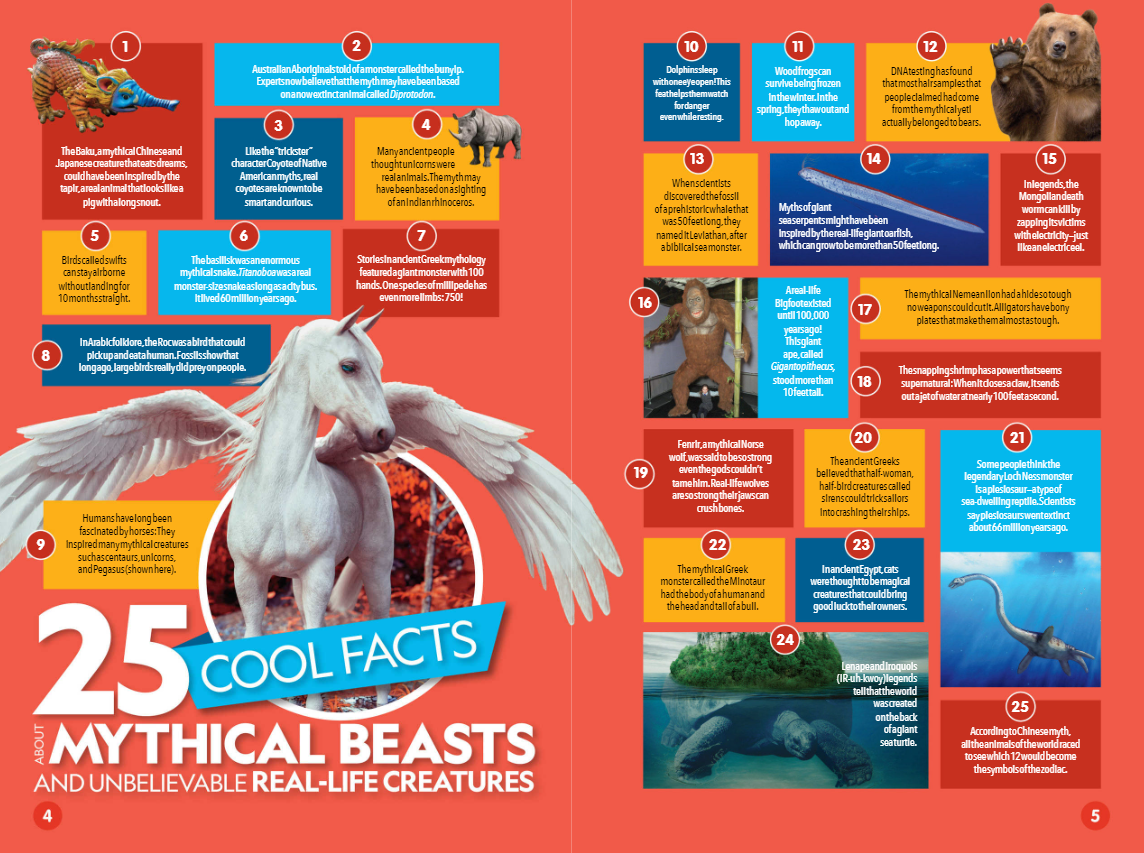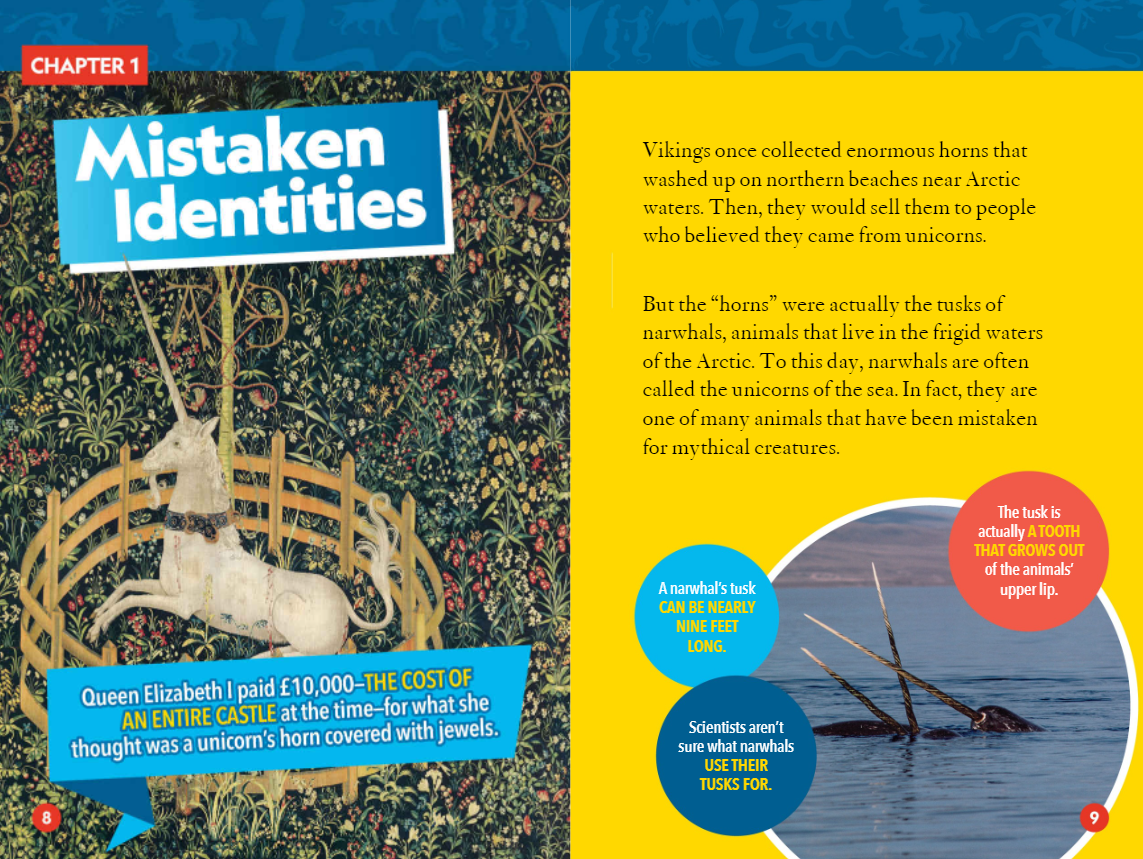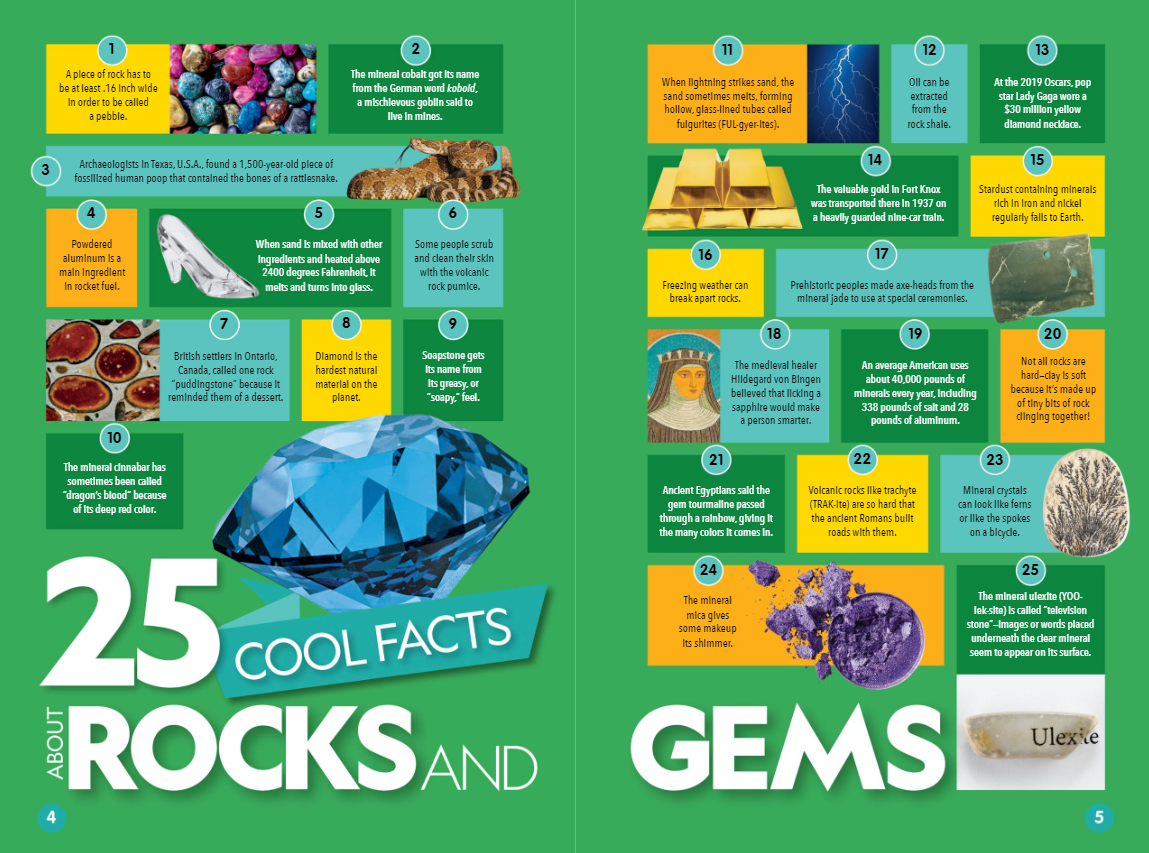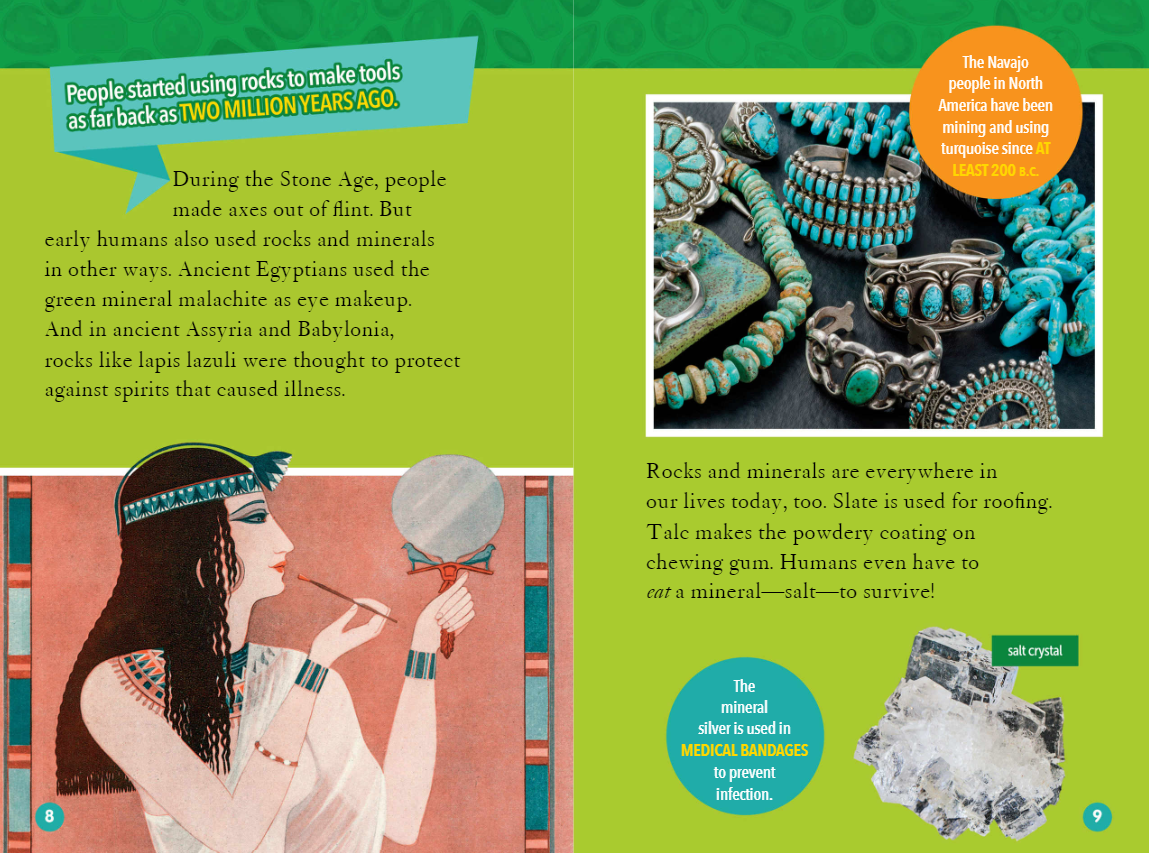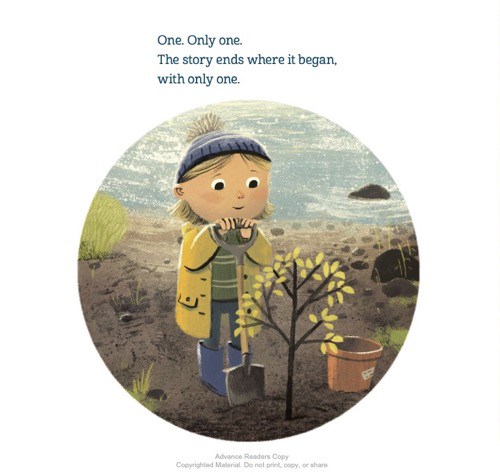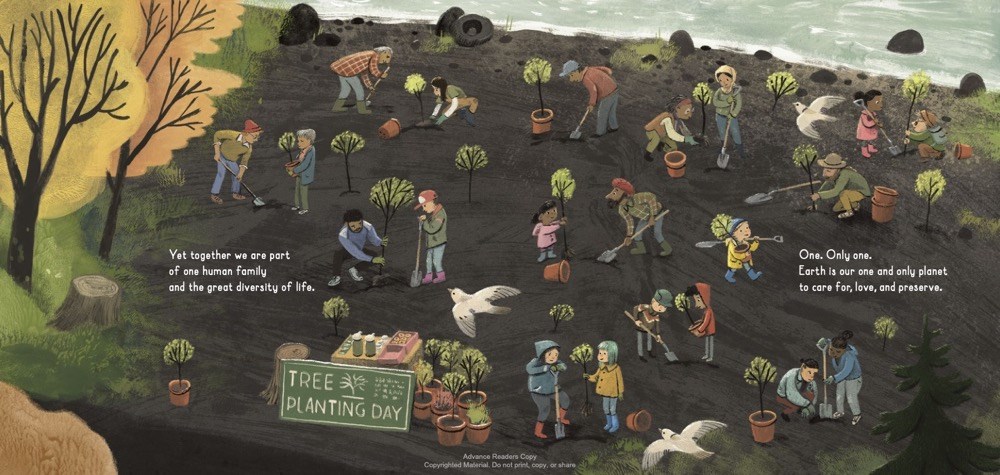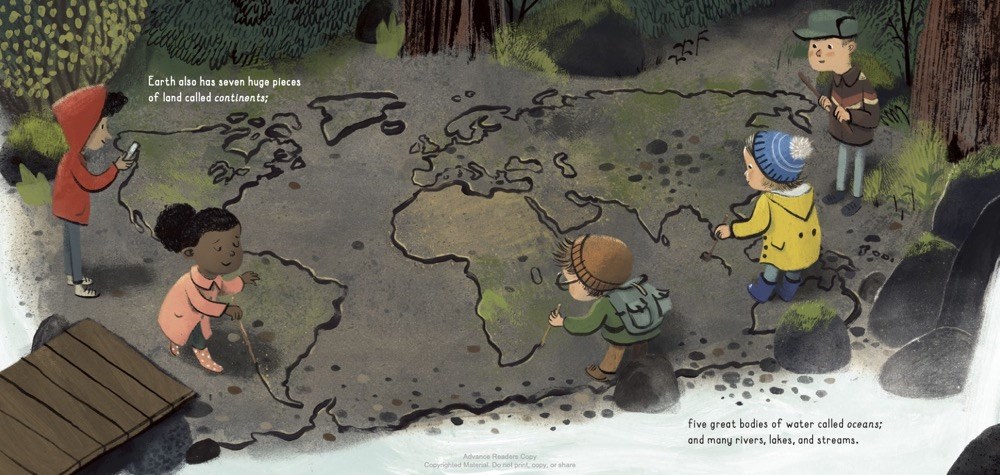One of the assignments during my Spring Children’s Literature course at UCF was creating a mini-teaching guide for the books we read for book clubs. We started with picture books for practice then students created them in their book clubs each week.
Today, I am happy to share the classroom uses and discussion questions found by my UCF Elementary Education students found for these nonfiction books they read.
Latinitas: Celerating 40 Big Dreamers
Author: Juliet Menendez
Illustrator:
Published
Summary: Dream big with the Latinitas in Latinitas: Celebrating 40 Big Dreamers.
Discover how 40 influential Latinas became the women we celebrate today! In this collection of short biographies from all over Latin America and across the United States, Juliet Menéndez explores the first small steps that set the Latinitas off on their journeys. With gorgeous, hand-painted illustrations, Menéndez shines a spotlight on the power of childhood dreams.
From Supreme Court Justice Sonia Sotomayor to singer Selena Quintanilla to NASA’s first virtual reality engineer, Evelyn Miralles, this is a book for aspiring artists, scientists, activists, and more. These women followed their dreams–and just might encourage you to follow yours!
The book features Sor Juana Inés de la Cruz, Juana Azurduy de Padilla, Policarpa Salavarrieta, Rosa Peña de González, Teresa Carreño, Zelia Nuttall, Antonia Navarro, Matilde Hidalgo, Gabriela Mistral, Juana de Ibarbourou, Pura Belpré, Gumercinda Páez, Frida Kahlo, Julia de Burgos, Chavela Vargas, Alicia Alonso, Victoria Santa Cruz, Claribel Alegría, Celia Cruz, Dolores Huerta, Rita Moreno, Maria Auxiliadora da Silva, Mercedes Sosa, Isabel Allende, Susana Torre, Julia Alvarez, Sandra Cisneros, Sonia Sotomayor, Rigoberta Menchú Tum, Mercedes Doretti, Sonia Pierre, Justa Canaviri, Evelyn Miralles, Selena Quintanilla, Berta Cáceres, Serena Auñón, Wanda Díaz-Merced, Marta Vieira da Silva, Alexandria Ocasio-Cortez, and Laurie Hernandez.
Teachers’ Tools for Navigation: There are so many ways this book provides an opportunity to be used in the classroom. The book can be used during a history lesson as a resource. The book can also be used on its own for women’s month to learn about all of the Latina women who have made an impact in the world, or this book can also be used for Hispanic Heritage Month. This book could also be a resource if a student is looking to learn more about the women who have impacted their culture or just a Latina woman whose story has caught their attention. This book could also be used for language arts and social studies. This is an excellent book for reading circles, independent reading, or even book clubs. The children can choose a Latina they would like to focus on and write an essay on how they captured their attention or their accomplishments. This book is a quick read with various Latinas that will capture any student’s attention during reading time.
Discussion Questions:
- Choose one of the Latinitas highlighted in this book and write about how they inspired you.
- Juana Azurduy de Padilla is one of the many women who fought for their country’s independence. What are some of the reasons people have fought for a nation’s independence?
- Pick your favorite subject or topic and find a Latinita that shares that interest. What does she do in that field and how did she get there?
- Many Latinitas were inspired by other great minds, who inspires you? Why?
- Where they came from and where they called home heavily impacted the women in this book. How has your identity impacted your life?
- Compare and contrast two Latinitas from different time periods. What did they have in common? What was different?
- Explain why the work of an Archeologist, like Zelia Nuttall, is important?
- Choose one of the Latinitas highlighted in this book and write about how they inspired you.
- Juana Azurduy de Padilla is one of the many women who fought for their country’s independence. What are some of the reasons people have fought for a nation’s independence?
- Explain why the work of an Archeologist, like Zelia Nuttall, is important?
- Pick your favorite subject or topic and find a Latinita that shares that interest. What does she do in that field and how did she get there?
- Many Latinitas were inspired by other great minds, who inspires you? Why?
- Where they came from and where they called home heavily impacted the women in this book. How has your identity impacted your life?
- Compare and contrast two Latinitas from different time periods. What did they have in common? What was different?
- Compare two women that you read about in this book. Explain any similarities and differences between the two.
- Write about two examples of Latinitas that had to fight for their education and explain how this was important.
Recommended For:
Lost in the Antarctic: The Doomed Voyage of the Endurance
Author: Tod Olson
Published January 1st, 2019 by Scholastic
Summary: There wasn’t a thing Ernest Shackleton could do. He stood on the ice-bound Weddell Sea, watching the giant blocks of frozen saltwater squeeze his ship to death. The ship’s name seemed ironic now: the Endurance. But she had lasted nine months in this condition, stuck on the ice in the frigid Antarctic winter. So had Shackleton and his crew of 28 men, trying to become the first expedition ever to cross the entire continent.
Now, in October 1915, as he watched his ship break into pieces, Shackleton gave up on that goal. He ordered his men to abandon ship. From here on, their new goal would be to focus on only one thing: survival.
Teachers’ Tools for Navigation: This book would make a great book club where students sit in groups and discuss their thoughts about the reading. This would also make an exceptional classroom library book because this could introduce students to survival based books that they may not have a lot of access to and may discover an interest in. This may also make them interested in Narrative Nonfiction that they may not have realized existed before.
This book could be interdisciplinary with science for the climate in the Antarctic and harsh conditions, along with social studies for a nonfiction historic event. Social studies with geography can also be involved as well.
Discussion Questions:
- On what day did The Endurance ship slip past the rotting whale carcasses into the South Atlantic?
- Do you think Shackleton was a good captain for this voyage? Why or why not?
- How do the images impact the story being told in the story? Do these images give you additional information? Explain how the images impact how you read the story.
- Do you think that the cold weather made it more difficult for Shackleton along his crew to survive? What if the weather was hotter, do you think they could’ve survived more easily?
- Do you think there was a specific action that led to the doom of the voyage? Why do you think this?
- If you could bring one person with you on this voyage who would you bring and why?
- What would you do to stay positive in this scenario? Use specific instances from the story in your response.
- What roles would you assign to each of your classmates on this voyage?
- How long do you think you and your class would survive in the antarctic? What would be important to think about, based on what you read in the story, when considering how long your survival would be and what you would need.
Recommended For:
On the Horizon
Author: Lois Lowry
Published April 7th, 2020 by HMH Books for Young Readers
Summary: From Lois Lowry comes an account of the lives lost in two of WWII’s most infamous events: Pearl Harbor and Hiroshima. With black-and-white illustrations by Kenard Pak.
Lois Lowry looks back at history through a personal lens as she draws from her own memories as a child in Hawaii and Japan, as well as from historical research, in this work in verse for young readers.
On the Horizon tells the story of people whose lives were lost or forever altered by the twin tragedies of Pearl Harbor and Hiroshima. Composed of poems about individual sailors who lost their lives on the Arizona and about the citizens of Hiroshima who experienced unfathomable horror.
Teachers’ Tools for Navigation: This book would be useful in the classroom to teach about two major historical events that happened. Additionally this book can be used to teach students about citizenship, understanding, and cause and effect.
Students could also use the events in the book to create a newspaper because this gives the students a chance to interview people from the book that went through major historical events and offers a range of perspectives for students to look from.
Discussion Questions:
- How do you think these events affected her?
- Why do you think Lois Lowry decided to write about this event?
- What connections can you make to the events of Horoshima and Pearl Harbor and your life?
- Why do you think the author chose to write in poems?
- Writing prompt: What would your feelings have been if you experienced the wars of Hiroshima and Pearl Harbor?
- Why do you think the author chose the title “On the Horizon?”
- What do you think Lois Lowry was trying to accomplish by giving different peoples perspectives?
- How do you think the events of the war made Lois feel during and after the war?
- What were your feelings when reading about the stories of sailors that lost their lives?
Recommended For:
Stamped (For Kids): Racism, Antiracism, and You
Authors: Jason Reynolds & Ibram X. Kendi
Adapted by: Sonja Cherry-Paul
Published May 11th, 2021 by Little, Brown Books for Young Readers
Summary: This chapter book edition of the #1 New York Times bestseller by luminaries Ibram X. Kendi and Jason Reynolds is an essential introduction to the history of racism and antiracism in America
RACE. Uh-oh. The R-word.
But actually talking about race is one of the most important things to learn how to do.
Adapted from the groundbreaking bestseller Stamped: Racism, Antiracism, and You, this book takes readers on a journey from present to past and back again. Kids will discover where racist ideas came from, identify how they impact America today, and meet those who have fought racism with antiracism. Along the way, they’ll learn how to identify and stamp out racist thoughts in their own lives.
Teachers’ Tools for Navigation: The book could be incorporated in classrooms as an introduction to a study. This book discusses an ongoing topic that is still controversial today. With a book like this, it opens up a door for students to discuss whether the author made valid points and how we could contribute his theories in today’s society.
The book is told in mostly chronological order when speaking about the evolution of racism throughout history. So the students could draw out a timeline and write the dates and facts they see throughout the story while they read. For this particular book it would be easier for them to do them in pairs.
Discussion Questions:
- In the book what actions lead to the civil war?
- How did literature play a big role with how African American as slaves were viewed by society back then?
- After reading the book, what part of American History did you learn that you hadn’t previously known?
- What is the author’s motive for writing this book?
- Can you name one person in the book that contributed to the author’s point? Why?
- Who is Nat Turner and what was his role?
- Why do you think this author mentioned, “This is not a history book?”
- What form of media such as movies or TV shows make you rethink about the content of racism after reading this book?
- Who did the author name as the “world’s first racist person” early in the book?
- What was the curse theory, and how did it have an effect on the justification of slavery?
Recommended For:
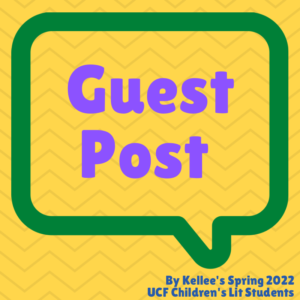




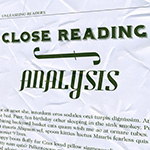

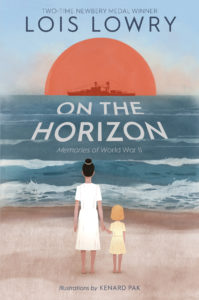
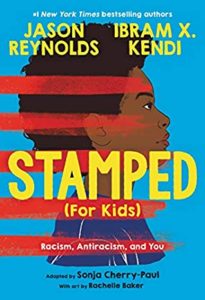

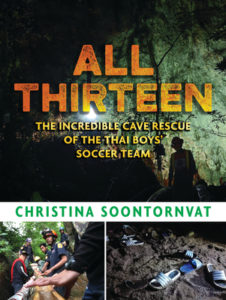
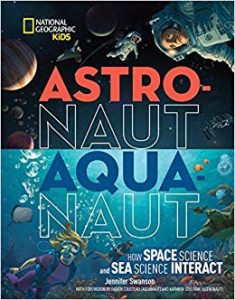


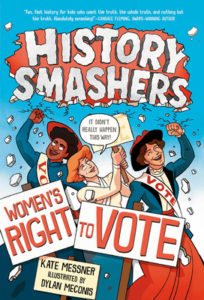

![Percy Jackson and the Olympians]: A Series Review – greenish bookshelf](https://greenishbookshelf.files.wordpress.com/2021/01/468986f2ba2aba6e133c5fe81d76fdc8.jpg)



















